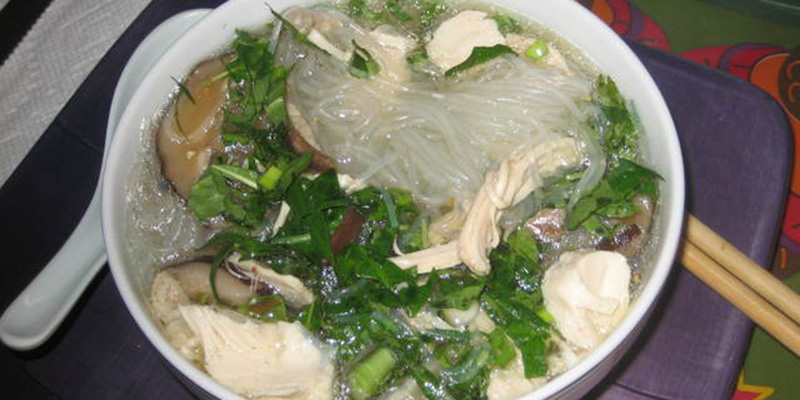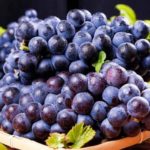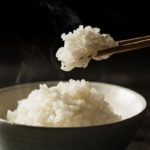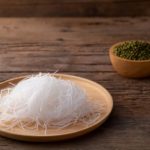1 What are Glass Noodles?
Glass noodles are a type of dried food product, made from various grains and rich in protein, but containing no cholesterol, making them a healthy choice.
Due to their chewy texture and transparency, glass noodles are versatile and can be used in a variety of dishes, from stir-fries to soups, and even as a delicious breakfast option.

2 3 Ways to Identify Common Types of Glass Noodles
Method 1: Color Identification
There are three main colors of glass noodles commonly found in the market:
– Opaque or translucent white: These noodles are typically made from various types of starch.
– Pale yellow: The color comes from natural dyes, such as molasses, added to enhance flavor and variety.
– Pale gray: This unique color is a tell-tale sign of noodles made from taro starch.

Method 2: Shape Identification
Glass noodles also come in different shapes, such as square, round, or bundled strands, each designed for specific culinary purposes.
Before cooking, it is recommended to soak the noodles in cold water to soften them, or briefly blanch them in boiling water if using in soup dishes.
Method 3: Ingredient Identification
Rice Glass Noodles
Rice starch accounts for about 90% of the total starch in these noodles, with amylose levels ranging from 18-45%, determining their chewiness, and protein content at around 9.4%.
Taro Glass Noodles
Made from taro starch, also known as banana starch or “chóc” starch in some regions. Taro starch has higher amylose content, ranging from 20-30%, compared to other types of starch.
In addition to their high protein content, taro noodles contain a gelling agent that gives them a crystal-like appearance, making the strands translucent and visually appealing.

Mung Bean Glass Noodles
With mung beans as the primary ingredient, these noodles have an exceptionally high amylose content of up to 50%. The health benefits of mung bean starch are well-known.
The nutritional value of mung bean glass noodles makes them a popular and healthy choice in the market.

Mixed Grain Glass Noodles
This type of noodle is made by blending different types of starch, such as wheat, rice, mung bean, and potato, to create unique and competitive products in the market.
3 Choosing the Right Glass Noodles for Your Dish
For Dry Noodle Dishes
When preparing stir-fried noodles, it is best to use rice glass noodles or mixed grain noodles. Cut the noodles into small, bite-sized pieces and soak them in cold water to soften before cooking.
For noodle salads or glass noodle salads (“gỏi”), taro noodles are the ideal choice. Briefly blanch them in boiling water and drain until you’re ready to use them.
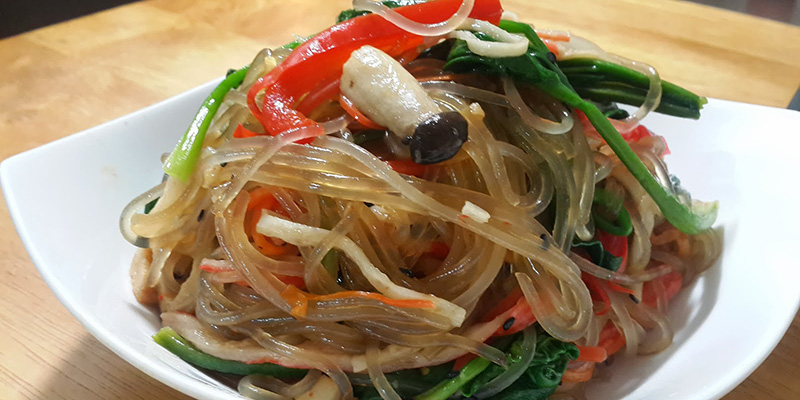
For Soup Noodle Dishes
For soup dishes like noodle soup (“canh bún”) or chicken glass noodle soup, mung bean, taro, or mixed grain noodles are excellent choices. You can either pour boiling water directly over the noodles in a bowl or briefly blanch them before adding to your soup.
